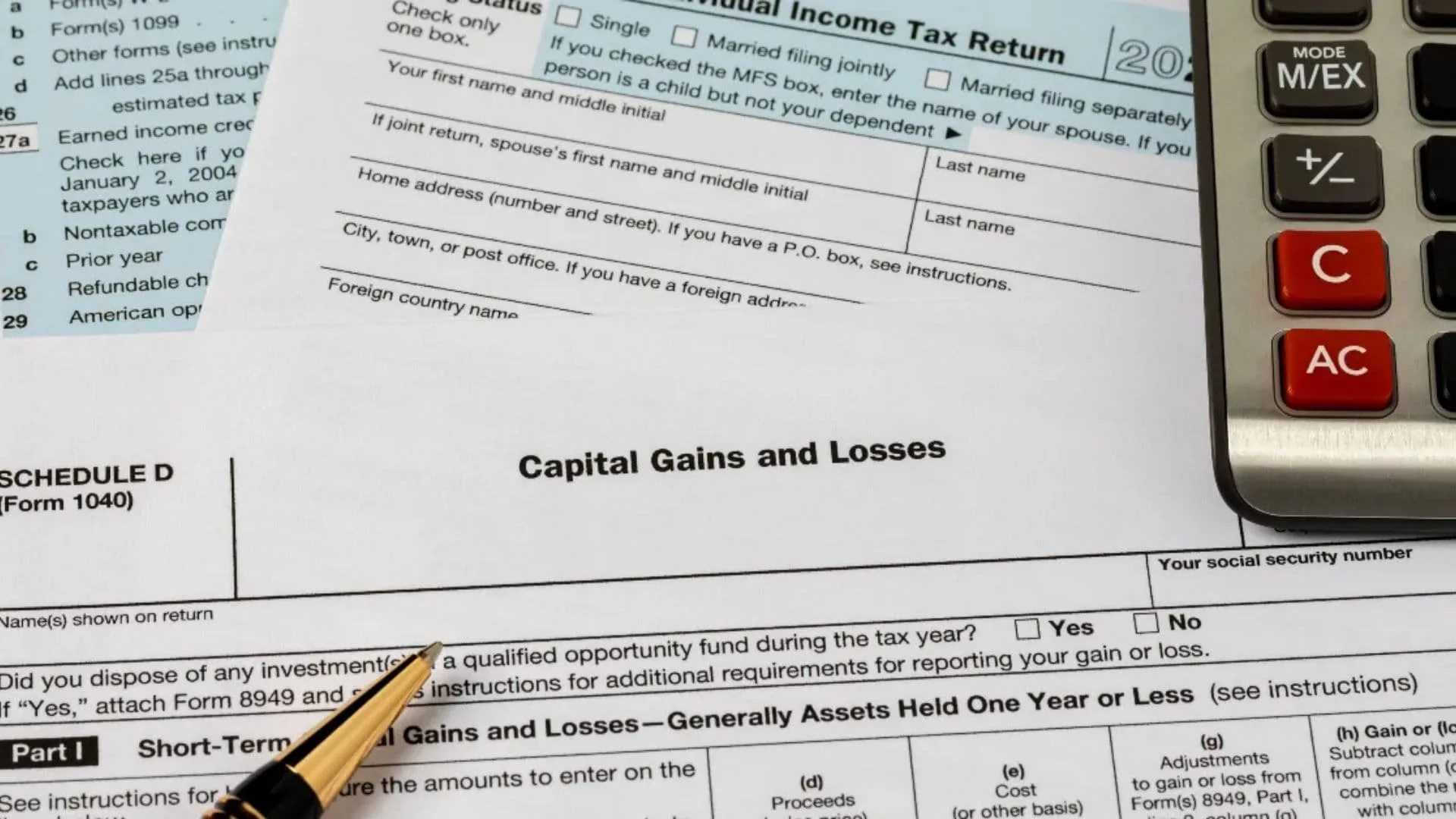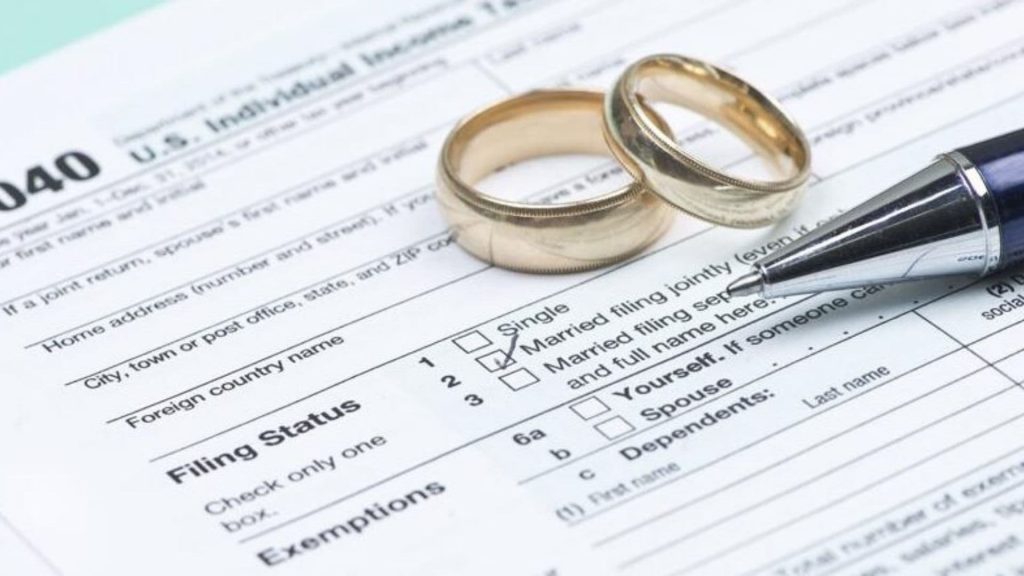
Understanding the long term capital gains and qualified dividends tax rate is key to smart investing and tax planning. These tax rates apply to profits made from selling assets held for over a year and to dividends that meet specific IRS qualifications, offering generally lower tax rates than ordinary income. The long term capital gains tax can be 0%, 15%, or 20% depending on your income level for the tax year 2025, with thresholds adjusted annually for inflation. Qualified dividends enjoy the same beneficial tax rates but require meeting specific holding-period rules to qualify. While short-term gains and ordinary dividends are taxed at higher ordinary income rates, mastering these lower rates for long term gains and qualified dividends helps investors keep more of their earnings. Knowing these rates, income thresholds, and how they interact with filing status lets you optimize your investment returns and tax liabilities effectively.
Understanding Long Term Capital Gains Tax Rates
Long term capital gains tax applies to assets held more than one year before being sold. In 2025, the rates are tiered as 0%, 15%, or 20%, indexed to income brackets such as $0 to $48,350 for singles paying no tax on gains, up to over $533,400 where a 20% rate applies. This tiered system encourages longer-term investments by lowering tax burdens for many taxpayers based on income. The IRS adjusts these brackets yearly for inflation to avoid “bracket creep,” helping taxpayers keep pace with inflation without unintended tax increases.
What Are Qualified Dividends?
Qualified dividends arise from stocks meeting IRS criteria and require a holding period—generally owning the stock for more than 60 days around the dividend date. These dividends benefit from the same low tax rates as long term capital gains rather than being taxed at higher ordinary income rates. This tax treatment incentivizes holding quality investments longer and rewards shareholders with tax savings. Ordinary, or non-qualified, dividends are taxed at the ordinary income tax rates, typically higher depending on your bracket.

Income Thresholds And Filing Status Impact
Your filing status—single, married filing jointly, married filing separately, or head of household—impacts the income thresholds that determine which tax rate applies to your long term capital gains and qualified dividends. For example, in 2025 single filers pay 0% on gains up to $48,350, while married couples filing jointly receive a 0% rate up to $96,700. These thresholds climb with income, applying higher 15% and 20% rates at higher income levels.
Comparison To Short-Term Capital Gains
Unlike long term gains, short-term capital gains from assets held one year or less are taxed as ordinary income at rates ranging from 10% up to 37% depending on earnings. Because of the higher rates, many investors seek to hold investments long enough to qualify for the long term rates, greatly reducing tax burdens on profits.
Planning Strategies To Optimize Your Taxes
Understanding these tax rates allows investors to plan transactions and dividend strategies effectively. For instance, holding investments beyond one year to capture long term gains and qualified dividends can significantly lower taxes owed. Awareness of income thresholds can also guide timing of sales or dividend capture to maximize tax efficiency.
Conclusion
The long term capital gains and qualified dividends tax rate structure provides meaningful tax advantages to investors who hold assets over a year and meet IRS criteria for dividends. Knowing the 2025 tax brackets, income thresholds, and filing status effects empowers taxpayers to make the best financial decisions and keep more of their investment returns.

FAQs
Q: What income levels pay 0% tax on long term capital gains in 2025?
A: Singles up to $48,350 and married filing jointly up to $96,700 have 0% tax on long term capital gains.
Q: How long must I hold a stock to earn qualified dividends?
A: You must hold the stock for more than 60 days within the 121-day period around the dividend date.
Q: Are qualified dividends taxed the same as ordinary dividends?
A: No, qualified dividends are taxed at lower long term capital gains rates while ordinary dividends are taxed as ordinary income.
Q: What tax rates apply to short-term capital gains?
A: Short-term gains are taxed as ordinary income, with rates from 10% up to 37%, depending on income.
Q: Can filing status affect my capital gains tax rate?
A: Yes, filing status impacts income thresholds that determine if you pay 0%, 15%, or 20% on gains and qualified dividends.